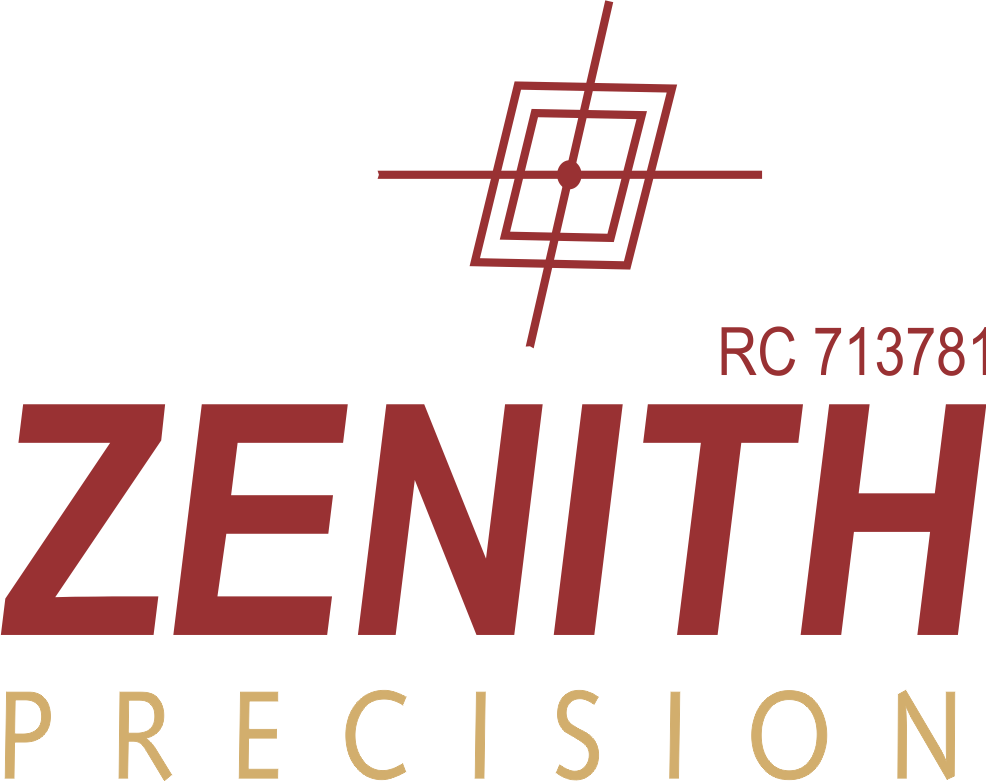Inkjet Printing solution — 18th September, 2023
INTRODUCTION TO CODING AND MARKING
Coding and Marking is the process of distinguishing and categorizing products based on unique characteristics, attributes, or codes. This practice…
Written by Sakibu
14th December, 2023
Coding and Marking is the process of distinguishing and categorizing products based on unique characteristics, attributes, or codes. This practice plays a crucial role in various industries, including manufacturing, retail, logistics, and supply chain management. The primary goal of coding and marking is to ensure accurate tracking, efficient inventory management, enhanced traceability, streamlined operations and improved customer experiences across various industries. The key aspects of coding and marking are the Unique Identification Codes: Products are assigned distinct codes or identifiers, such as barcodes, QR codes, or serial/batch numbers. These codes are typically readable and help in rapid and accurate identification.
Table of Contents
-
-
-
- INTRODUCTION TO CODING AND MARKING.
- IMPORTANCE OF CODING AND MARKING IN VARIOUS INDUSTRIES
- TYPES OF CODING AND MARKING SYSTEMS
- Barcodes and QR Codes: Barcodes are graphical representations of data in the form of vertical lines, while QR codes are two-dimensional matrix barcodes that can store more information. These codes are affixed to products and can be scanned by handheld devices or automated systems to retrieve product details.
-
-
- Serial/Batch Numbers: Unique serial/batch numbers are assigned to individual products during manufacturing. These numbers help in tracking the product’s lifecycle, including production, distribution, and maintenance.
- Data Matrix Codes: Similar to QR codes, data matrix codes are two-dimensional symbols that can store larger amounts of data. They are used in industries where a high density of information is needed within a small space.
- RFID (Radio-Frequency Identification): RFID tags use radio waves to transmit data to reading devices. These tags can store a range of information and are commonly used for tracking inventory, managing assets, and improving supply chain visibility.
-
IMPORTANCE OF CODING AND MARKING IN VARIOUS INDUSTRIES
Coding and marking play a pivotal role in various industries, enabling efficient operations, improved traceability, and enhanced customer experiences. Their importance in some key industries:
Manufacturing
-
-
- Quality Control: Coding and marking helps track each unit’s manufacturing details, enabling effective quality control and facilitating recalls if defects are detected.
- Supply Chain Management: Unique identifiers assist in tracking components and materials throughout the manufacturing process, leading to better supply chain visibility.
- Counterfeit Prevention: Implementing unique coding helps in verifying the authenticity of products and preventing the circulation of counterfeit goods.
- Pharmaceuticals
- Anti-Counterfeiting: Coding and marking aids in combating counterfeit drugs by allowing consumers and regulators to verify authenticity.
- Regulatory Compliance: Identification systems help meet regulatory requirements by providing accurate information about the product’s origin, expiration date, and composition.
- Automotive
- Supply Chain Efficiency: Product identification facilitates the tracking of automotive components and parts throughout the manufacturing process, enhancing supply chain efficiency.
- Recall Management: Identification codes help in quickly identifying and recalling vehicles with defective parts.
- Agriculture
- Product Traceability: Coding and marking technologies enable tracking of agricultural products from farm to table, enhancing food safety and transparency.
- Certification and Labeling: Unique identifiers are used to certify organic, non-GMO, and other product attributes, enabling informed consumer choices.
- Electronics
- Warranty Management: Identification systems aid in tracking products’ warranty periods and service history, enabling effective warranty management.
- Reverse Logistics: Coding assist in managing returns and repairs, reducing costs and improving customer satisfaction.
- Logistics and Supply Chain
- Traceability: Coding and marking allow for tracing the entire journey of a product through the supply chain, helping to identify inefficiencies, delays, and potential bottlenecks.
- Optimized Routing: RFID tags and other identifiers aid in tracking shipments, optimizing routes, and reducing delivery times.
- Temperature-sensitive Goods: Coding technologies like RFID are used to monitor the temperature and conditions of perishable goods during transportation.
- Retail
- Inventory Management: Accurate identification through barcodes, QR codes, and RFID tags allows retailers to track inventory levels in real time, reducing stockouts and overstock situations.
- Efficient Checkouts: Barcode scanning expedites the checkout process, reducing waiting times and enhancing customer satisfaction.
- Promotions and Loyalty Programs: Identification systems enable personalized marketing campaigns and loyalty programs based on customer purchase history.
In each of these industries, accurate and reliable product identification contributes to streamlined operations, improved product quality, enhanced customer trust, and compliance with regulatory standards. It forms the foundation for efficient supply chains, precise inventory management, and better decision-making across the board.
-
-
- TYPES OF CODING AND MARKING SYSTEMS
- Coding and marking systems are used to print or mark information, such as product identification, date codes, batch numbers, and barcodes, on various surfaces, including packaging, products, and materials. The choice of coding and marking system depends on factors like the type of material to be marked, the required permanence of the code, production speed, and regulatory requirements. Different industries and applications may use a combination of these technologies to meet specific coding and marking needs. Here are some common types of coding and marking systems:
-
-
-
- Inkjet Printer
- Continuous Inkjet (CIJ): CIJ printers expel tiny droplets of ink continuously, allowing for high-speed printing on various surfaces, including porous and non-porous materials.

- Drop-on-Demand (DOD) Inkjet: DOD inkjet printers eject ink droplets when needed, making them suitable for a range of applications, including product labeling and packaging.


- Continuous Inkjet (CIJ): CIJ printers expel tiny droplets of ink continuously, allowing for high-speed printing on various surfaces, including porous and non-porous materials.
- Laser Marking and Coding
-
- CO2 Laser Marking: CO2 lasers are used for high-resolution marking and coding on materials like paper, cardboard, glass, and plastics.

- Fiber Laser Marking: Fiber lasers are ideal for marking metals, plastics, and ceramics with high precision and permanence.
- UV Laser Marking:UV lasers are used for marking and coding sensitive materials and medical devices without generating heat.
-
- Thermal Inkjet (TIJ):
- Inkjet Printer
TIJ technology uses heat to create a temporary image or code on various surfaces, such as packaging, labels, and documents.

-
- Thermal Transfer Overprinting (TTO)
-
TTO systems use a heated printhead to transfer ink from a ribbon to a substrate, making them suitable for flexible packaging materials and labels.

-
- Hot Foil Printing
-
Hot foil printers use a heated metal die to transfer foil onto a surface, often used for product labeling and packaging.
-
- Labeling Machines
Labeling machines automatically apply adhesive labels to products or packaging, allowing for consistent and precise labeling.
-
- Electrochemical Etching
Electrochemical etching, also known as electrolytic marking, uses an electric current to etch markings on metals, ceramics, and other conductive materials.
-
- Digital Printing
Digital printing systems use inkjet or electrophotographic technology to print high-quality, variable data directly onto labels, packaging, or products.
